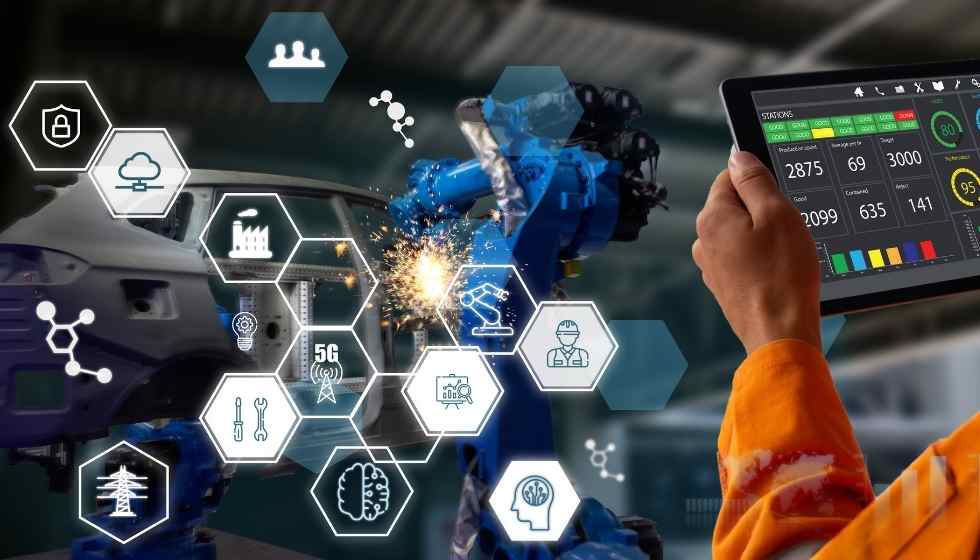The current macroeconomic scenario has meant that many companies must limit their investment in new technologies to remain competitive. According to data from the Business Barometer prepared by Deloitte, only 4 out of 10 companies plan to increase their investments, and 16% say they will cut them.
Despite this, it is in this context that investment in technology can help companies to be more efficient, reducing costs in the long term, especially if they invest in technologies such as digital twins.
This model already plays a major role in industry 4.0. Still, its application is not limited since it can be implemented in health, design, construction, the automotive industry, and even training.
Its evolution is constantly growing, and according to a recent study by Markets, the market related to the generation of digital twins will grow to 35,800 million euros in 2025. In this context, Sistemas highlights the four main advantages of this technology.
Production Optimization
According to a recent study by some Banks, 80% of companies expect their production costs to continue to grow in 2022, so optimizing the production process is essential for companies to remain competitive.
In this sense, digital twins, essentially digital replicas of an object, system, or process, allow companies that use this technology to simulate the behavior of their real counterparts, optimizing the production process and reducing operational costs.
Lower Maintenance Costs
The optimization of the production process, in turn, leads to a reduction in maintenance costs. By implementing digital twins, companies can recognize which areas will need the most maintenance, anticipating them and reducing major costs in the long term.
In addition, with digital twins, companies can also explore different maintenance alternatives to be more efficient and profitable long-term.
Real-time Monitoring
Currently, companies must be able to listen, know and act quickly in the face of possible changes in the market. But to join the trends and benefit from them, it is even more important to predict the changes that adapting to them will mean for the company.
With the implementation of a digital twin, companies are nourished by real-time data extracted from physical assets. Thanks to their digitization, they can see how these changes will affect them in real-time and, therefore, how they would affect their company.
Greater Knowledge and Improvement in Decision Making
More and more companies are using data analytics to make business decisions. So much so that according to data from Statista, it is estimated that the value of the global business intelligence and data analysis software market will reach 17,300 million euros in 2024.
The application of digital twins would additionally help companies to have greater knowledge of the effects of their business decisions, so they can explore all the options and opportunities in digital alternatives and then make the decision that best suits their business.




